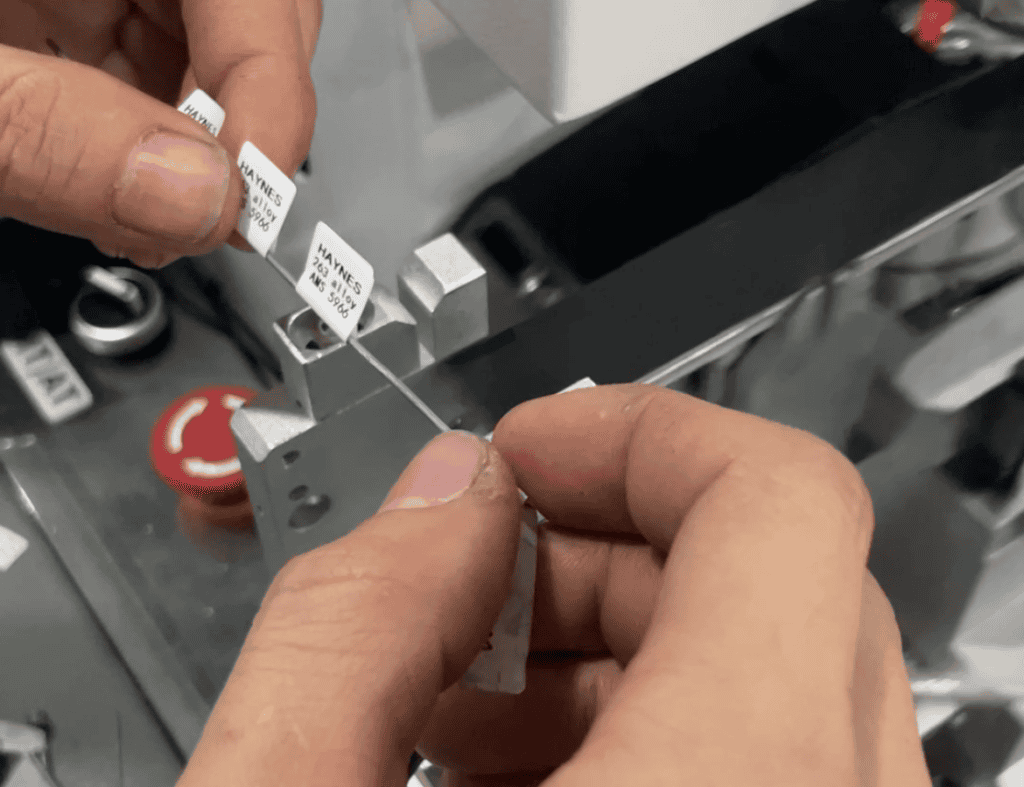Imagine trying to find a specific wire in a bundle without any distinguishing features—it’s like finding a needle in a haystack. This task becomes not only time-consuming but also hazardous.
Accurate identification of cables and wires is essential for ensuring safety, compliance with standards, and operational efficiency. This process involves marking cables and wires with tags, colors, or other identifiers to distinguish them for various purposes, such as electrical power, telecommunications, and data transmission.
Given the importance of this topic, let’s dive deeper into the methods, types, standards, safety guidelines, and maintenance practices surrounding cable and wire identification.

Identification Methods for Cables and Wires
Identifying cables and wires correctly is vital to the safety and functionality of electrical systems. There are several methods used in the industry to achieve this, each serving its purpose depending on the environment and the complexity of the system.
One common method is color coding, where different colors represent different types of wires and their purposes. For example, black is often used for live wires, green or green with a yellow stripe for ground, and white or grey for neutral in many systems.
Another widely used method is labeling, which involves attaching tags or printing directly on the cable. These labels can contain information such as voltage level, current, destination, or data about the wire’s circuit.
More sophisticated systems might use barcodes or RFID tags that can be scanned to retrieve detailed data about the wire or cable. This digital approach is especially useful in complex installations where real-time system data updates are necessary for operations and maintenance.
Types and Uses of Cables and Wires
The variety of cables and wires available today is vast, each designed for specific applications. Understanding these types and their uses is essential for proper selection and identification.
For instance, electrical power cables are generally robust, designed to carry high voltage and are often insulated with materials that can withstand environmental exposure. Telecommunication cables, like coaxial cables or fiber optics, are designed for signal integrity and may require different handling and identification techniques.
In residential and commercial buildings, you’ll often encounter twisted pair cables for telephony and network connections, which are different from the coaxial cables used in video transmissions.
Each type requires different identification strategies to ensure they are correctly integrated into their respective systems and maintained appropriately. This segmentation helps technicians avoid costly or dangerous mistakes during installation and maintenance.
Standards and Regulations
Compliance with standards and regulations is non-negotiable in cable and wire identification. Different countries and industries have specific codes that must be followed to ensure safety and compatibility. For example, the National Electrical Code (NEC) in the United States provides guidelines on how electrical installations must be carried out, including how cables should be marked and what safety measures need to be taken.
These standards help maintain uniformity across installations, making it easier for professionals to work on systems that they might not be familiar with. Moreover, adherence to these regulations is often legally required and non-compliance can lead to severe penalties, not to mention increased risks of electrical failures and accidents.
Safety Guidelines
Safety is paramount when dealing with cables and wires. Proper identification plays a critical role in preventing accidents such as electrocution, fires, and equipment damage. It is essential that all personnel involved in the handling and maintenance of electrical systems are trained to recognize the different types of cables and their markings.
This training should include understanding the implications of the various colors used in a system and the importance of adhering to the identification codes throughout the installation process.
Furthermore, safety guidelines often recommend regular audits of cable and wire markings to ensure they remain visible and legible over time, especially in environments where exposure to heat, dust, or chemicals might degrade the labels or colors used for identification.
Installation and Maintenance Tips
Effective management of cable and wire systems doesn’t end at proper identification; it also involves best practices in installation and ongoing maintenance. For installation, ensuring that all cables are correctly labeled before they are installed can save time and reduce errors during the process. Labels should be durable, resistant to the environmental conditions of the installation site, and placed in easily visible locations.
The best way to accurately and efficiently apply labels to each wire is with the help of a wire labeling machine. This will greatly increase the efficiency of your work.
For maintenance, keeping detailed records of all cable and wire identifications provides a clear roadmap for future troubleshooting and repairs. These records should be regularly updated to reflect any changes or additions to the electrical system. Regular training for maintenance personnel on the latest standards and identification techniques is also essential to keep your installations safe and functional.

Conclusion
Understanding and implementing proper cable and wire identification techniques is fundamental to ensuring the safety, efficiency, and compliance of electrical installations. Whether you’re a professional electrician, an engineer, or a facility manager, keeping up-to-date with the latest methods, standards, and safety practices is key to managing these critical systems effectively.
You may be interested:
- What are the roles of Labelling in cables?
- Why is labeling cables important?
- What are the different types of labeling machines?
- What are the 4 types of Labelling?






